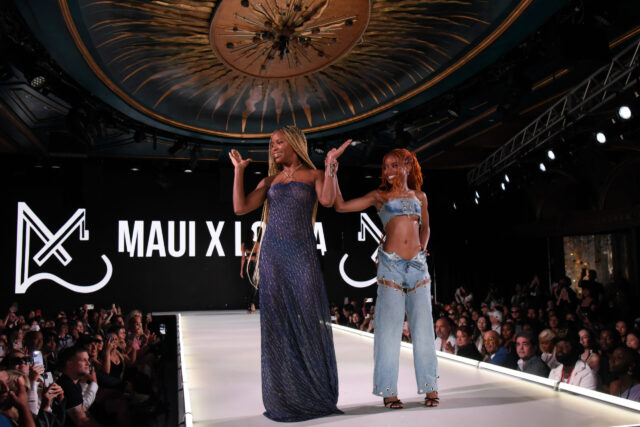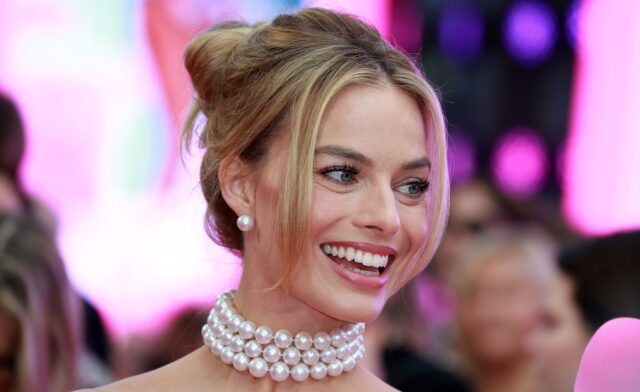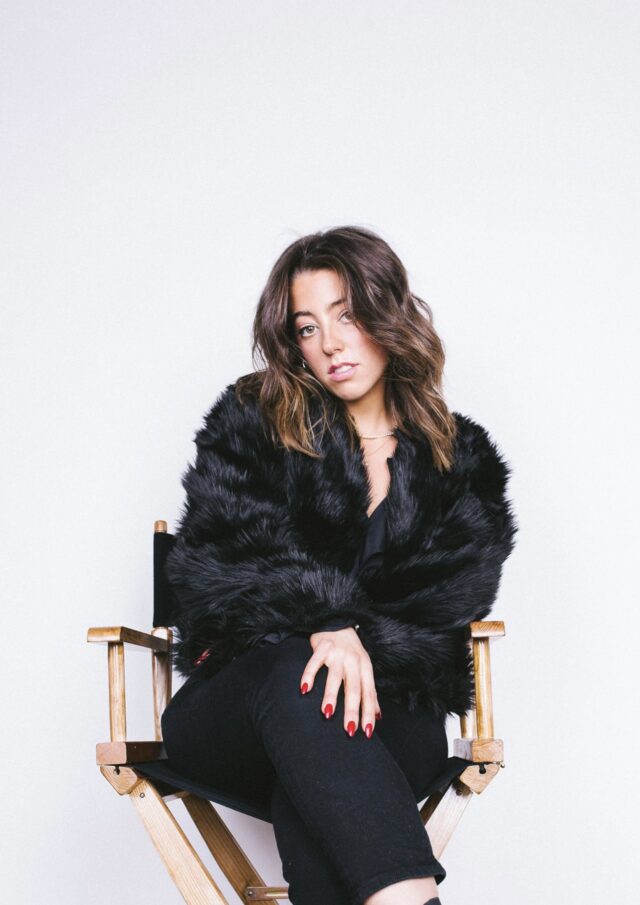INTERVIEW | Natural Mystic: The Natural Hair Movement

Afros and braids have been deemed great for that sneaker commercial, but is it okay to show up for work at Zara and Banana Republic with your 4C coils?
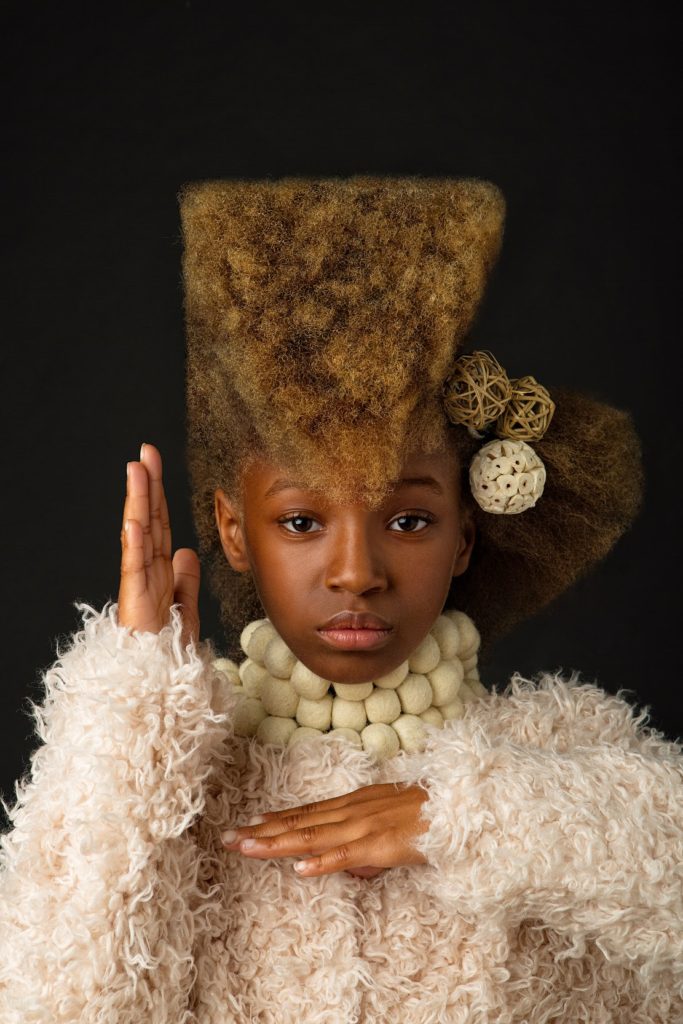 Natural black hair has been the subject of controversy for hundreds of years due to racism and oppression. It’s time to finally crush the biases associated with what is deemed acceptable when it comes to the beauty of black people and microaggressions that continue to permeate our society. Find out the current state of black hair in America and read our interview with a photography duo that is producing some of the most incredible #blackgirlmagic portraits you have ever seen, inspiring one natural girl at a time.
Natural black hair has been the subject of controversy for hundreds of years due to racism and oppression. It’s time to finally crush the biases associated with what is deemed acceptable when it comes to the beauty of black people and microaggressions that continue to permeate our society. Find out the current state of black hair in America and read our interview with a photography duo that is producing some of the most incredible #blackgirlmagic portraits you have ever seen, inspiring one natural girl at a time.
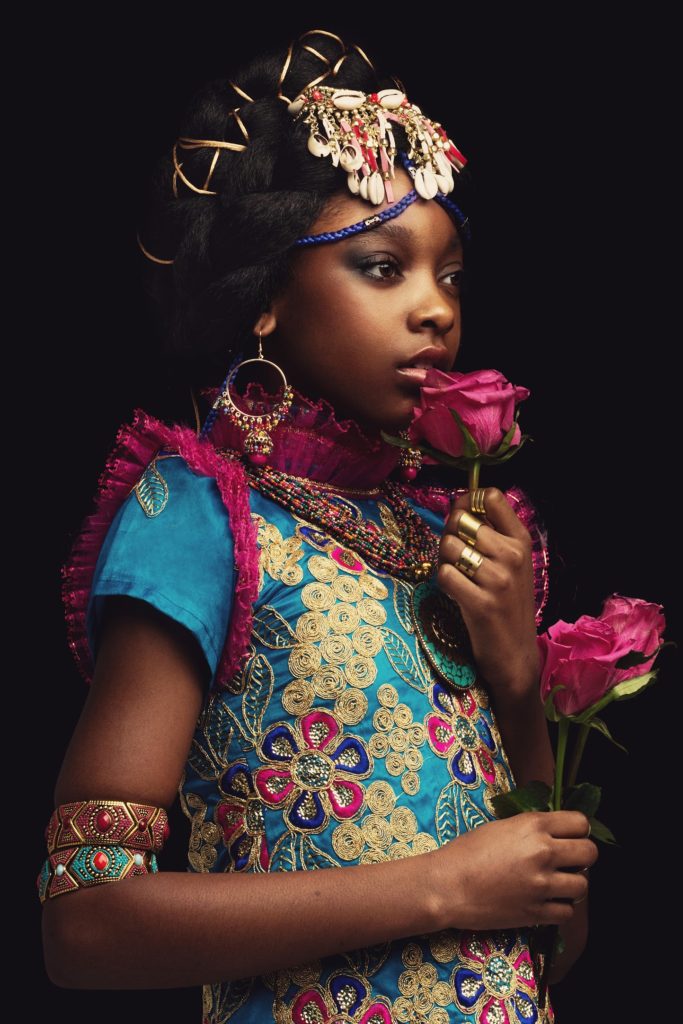
Natural hair is everywhere from sneaker ads to mainstream magazines who now are including people of color in their glossy pages with a range of diverse hairstyles. Some magazines didn’t even hire people of color before 2013, but they somehow have coined themselves the voice of the resistance and have decided it’s now ok to feature black content. But is natural hair on people of color truly seen as equal when it comes to the standard of beauty in America? Is it more of a marketing plan and less of a seat at the table? People of color are still discriminated against in corporate culture. While it has gotten better, there are still reports as recent as 2017 of employers sending employees that wear their hair in braids or locks, home from work.
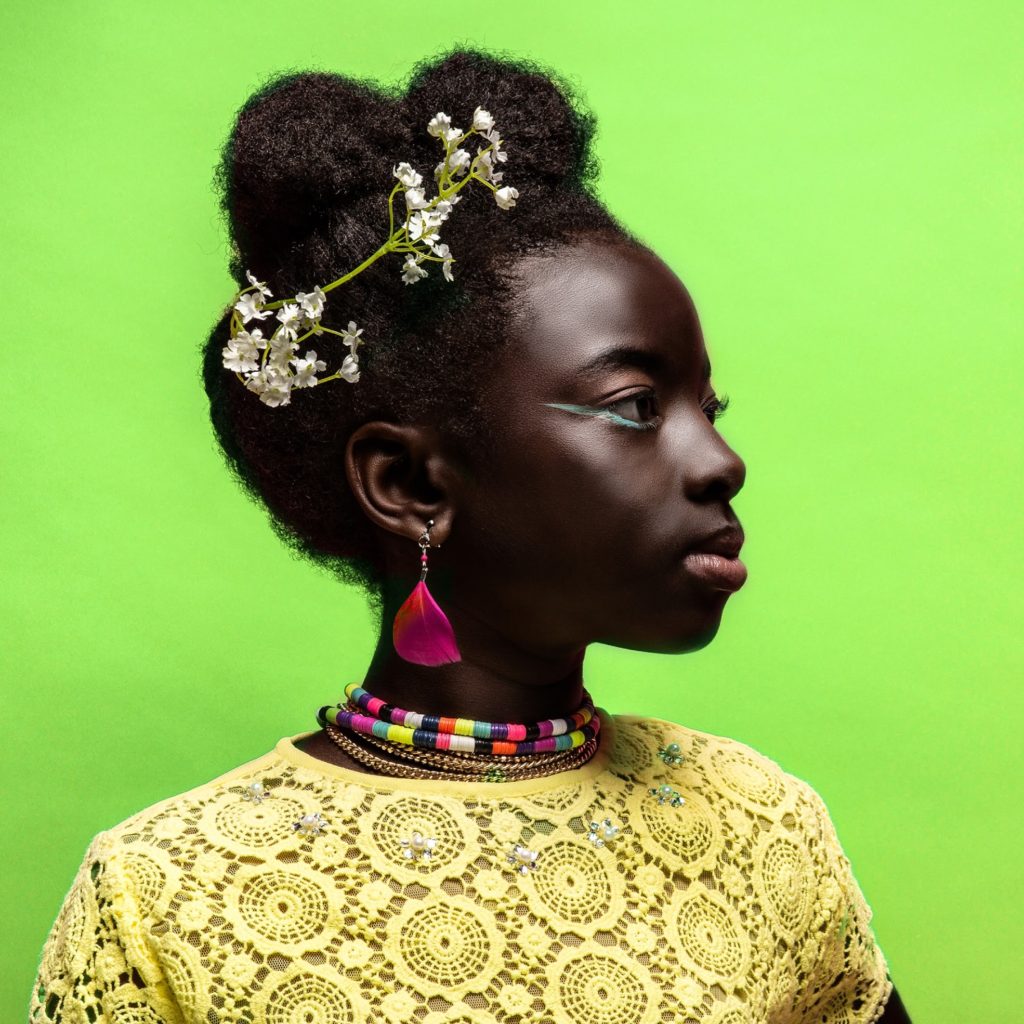
The 11th U.S. Circuit Court of Appeals ruled against a lawsuit filed by the Equal Employment Opportunity Commission that would make refusing to hire someone because of their dreadlocks illegal.
According to NBC, the lawsuit was filed against Catastrophe Management Solutions (CMS) by the EEOC on behalf of Chasity Jones, whose job offer was rescinded by the Mobile, Alabama, company due to her hairstyle. According to the case file, Jeannie Wilson, who serves as a human resources manager for CMS, made remarks about Jones’ hairstyle during a private meeting. She reportedly told Jones, “they tend to get messy, although I’m not saying yours are, but you know what I’m talking about.” Wilson told Jones the company wouldn’t hire her with dreadlocks, terminating the job offer. It ruled that CMS’s “race-neutral grooming policy” wasn’t discriminatory and that traits in a person’s appearance that are tied to their culture but are otherwise changeable were not protected. In other words, a person can be denied a job offer based on their appearance if the issue is something that can be changed.
Despite these discriminatory practices, people of color are still expressing their self-love and wearing their hair in its natural state and breaking down even more walls. The days of degrading black people for the hair that so beautifully grows out of our heads is over. It will take time, but as we have seen from the Civil Rights Movement to 2018, people of color and our hair, are not going anywhere. It will take even more persistence in demanding equal rights for acceptance for who we are as black people.
Young people today are leading the movement on natural hair, and they are the children of the people who grew up in the 70’s and 80’s. These are the parents that were in college or working in the 90’s during a powerful natural hair movement. These are also the women that were wearing their hair natural before we saw it trending in a Coke commercial. Before that, we had activists like Angela Davis wearing afros and many showing black pride. Just because brands and companies didn’t feature us, doesn’t mean it didn’t happen. It’s a part of our culture. Black Pride is passed down from generation to generation, and we have to understand that the movement as it is now, is made up of the children that were raised with a sense of resistance, consciousness, and self-love. Young people are making the natural hair movement even more significant than it has been and demanding of companies and brands to be more inclusive.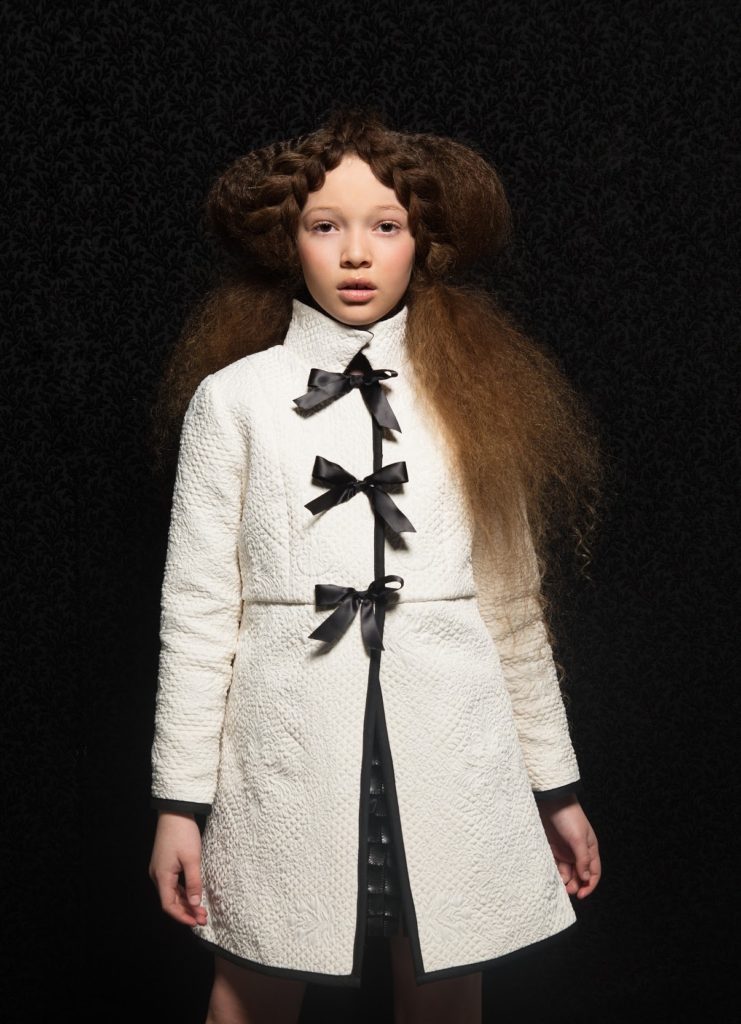
This year, Marvel’s Black Panther Film crushed the box office, crossing $900M at the worldwide box office, with an all-black cast rocking an array of natural hairstyles. It is an inspiring film that had fans attending and showcasing their natural locks. With $501.1M in North America alone, it proves that when studios invest in movies with black leads, they can not only do well but dominate.
Black women have always been at the forefront of innovative hair but for decades they were shunned, ridiculed and mocked for wearing hair extensions. They were leading the crowd with finessing the art of extensions, and now we see people of other races adopting the technique and trend. Whether it’s bonding or clip in extensions, people are wearing them in their daily lives. It’s hard to find someone who hasn’t occasionally used extensions, but the stigma and bias towards black women and hair are still alive. We have to look at the conversation around how black women have in the past been perceived as ghetto, as unattractive, and unkept and yet other nationalities continually embrace our beauty trends.
White women are said to be enhancing themselves when they choose to wear extensions, but when it comes to black women, we’ve been seen as “less than” for wearing them. Many perceive black women as not having long hair but in reality, women of color are rocking protective styles like braids and extensions, and they sometimes have three to four feet of natural, healthy hair. Protective styles are just that, it’s to protect our hair, and it is something that allows us to have better time management. We have big beautiful curly hair, and the time it takes time to care for it.
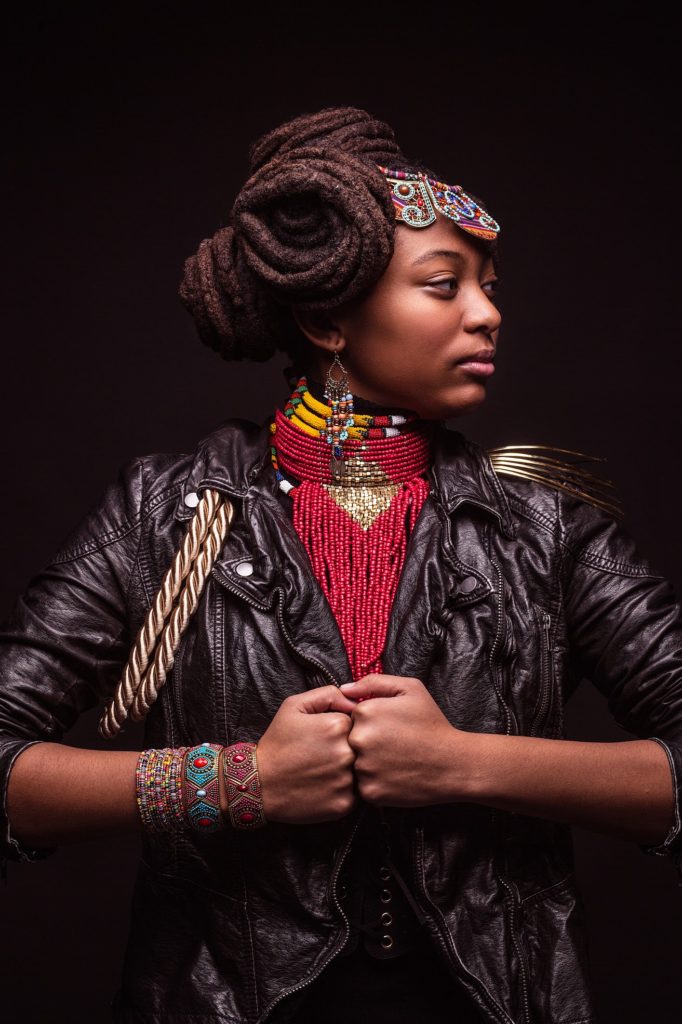
Something we all need to remember is that you do not know where someone is in their journey with hair. Some women have straight hair but rocked a natural for twenty years, some may have just decided to do the big chop, and they are learning new ways to care for their hair while there are many, who did the chop a long time ago. We have only seen products designed for natural black hair pop up recently, while in the past, companies did not invest in products intended for our coils. So when you see a black woman with the style she chooses, it’s not a time to judge or stereotype especially when the judgement already comes from so many different directions. You can have someone who straightens their hair who devotes hours to public service and humanity, and you can see someone rocking a natural wearing a political dress on the Grammys red carpet seeking attention from an oppressive political administration. Hair doesn’t define everyone, but it’s fine if you choose to let it define you. It’s about choice.
Other issues that have arisen are when we see other races mimicking our hairstyles, but these people haven’t necessarily ever stood up for black culture, black people or black lives matter. They’re quiet on protecting black people and black bodies, but they’re vocal about adopting black style and black hair. Kim Kardashian came under fire for posting a photo of her braids and stating to have channeled Bo Derek. Sure, she got the style from Bo’s images, but the original cornrows originate from black culture, and many fail to acknowledge that black women can teach them anything or be an inspiration for beauty. These are African styles from various cultures that are being appropriated. There’s nothing wrong with pointing this out and hoping that people who adopt these styles learn, that you can use your platform and your audience if you have one, to praise black culture. After hundreds of years of enduring disparaging views of black beauty, there’s nothing wrong with standing up and saying black is beautiful or Black Lives Matter.
We now have magazines creating content that highlights hair braiding techniques on black hair with hair gel on one hand and hair grease on the other which is something that traditionally people have sometimes looked down on. There’s a whole generation of young people of all races who watch black hair content that garners millions of viewers. People are captivated, but they have to remember that while enjoying these hairstyles and enjoying black culture that they shouldn’t just consume, copy and mimic. They need to understand that black people are humans and black people need to have equality. We don’t need to have black girls going into Zara or the Gap and sent home because of that one uneducated or bigoted manager. We still have microaggressions everywhere that black people have to deal with and it’s saturated in our society. Our hair grows out of our head the same way a flower blooms from the earth. We have the right to be in our natural state and accepted just like everyone else.

With that said, read our interview below with husband and wife duo, Regis and Kahran Bethencourt as they take the children and lifestyle photography scene by storm with their company, CreativeSoul Photography. When we see their imagery as we have shown throughout this feature, and we see these beautiful images of young black girls that have beautiful black hairstyles, it’s refreshing and needed. A love of photography initially brought them together, but it’s both the love of their craft and the love for each other that keeps this dynamic duo going. Read on to find out more about this wonderful team.
GLITTER: Can you explain the team behind CreativeSoul Photography?
CreativeSoul Photography: Regis and Kahran Bethencourt are a husband and wife duo and the imaginative forces behind Creative Soul Photography. With over 8 years of working with hundreds of children, families and brands, we specialize in child and lifestyle photography while incorporating authentic, visual storytelling.
GLITTER: How did you get inspired to start your business?
CreativeSoul Photography: We both started out in the marketing and design world and fell in love with photography while dating cross-country long distance. We decided to start CreativeSoul Photography together while Reg was in school studying photography.
GLITTER: What inspired you to focus on natural hair in your photography?
CreativeSoul Photography: We do both private and commercial shoots, so we couldn’t help noticing two starkly different ways our people present themselves through their hair. In private, we were seeing natural hair in all its glory, but in the media black folks – and black children in particular – were still being pictured with hair that was straightened, flattened, or somehow bound. The message was clear: To be perceived as socially acceptable, let alone beautiful, something intrinsic about us had to be changed, altered, diluted. Our children were being told that their natural selves were not aesthetically pleasing. That beauty was about measuring up, not about having your full measure taken. We decided to focus on natural hair to show kid that our hair is beautiful, versatile and powerful.
GLITTER: What message do you hope to spread?
CreativeSoul Photography: We hope to empower kids around the world to love their natural curls, the skin they’re in and their culture. We hope that they can see our photos and feel confident to go out into the world with pride.
GLITTER: What have been some highlights of your career?
CreativeSoul Photography: We’ve had a few major highlights in our career: Our world tour where we were able to photograph kid around the world, several of our series gaining viral worldwide attention, being featured on The Real daytime TV show, calendar purchases from Taraji P. Henson, celeb mentions and more. We are thankful for all of the opportunities we’ve been given thus far and are looking forward to seeing what the future holds.
GLITTER: Where will you be featured this year?
CreativeSoul Photography: We have a lot in store for 2018, the sky is the limit, be sure to visit www.creativesoulphoto.com and follow us via IG, Twitter, and Facebook to keep up with us!
GLITTER: What is next for Creative Soul?
CreativeSoul Photography: We hope to expand our AfroArt series to other countries outside of the USA and are currently working on a book for the series. We are also planning to create a special project highlighting the Afro-Latino community.
GLITTER: Where can people work with you in person and find you on web?
CreativeSoul Photography: You can connect with us online at CreativeSoulPhoto.com and on your favorite social media platforms: Facebook, Instagram, Twitter, and Pinterest.
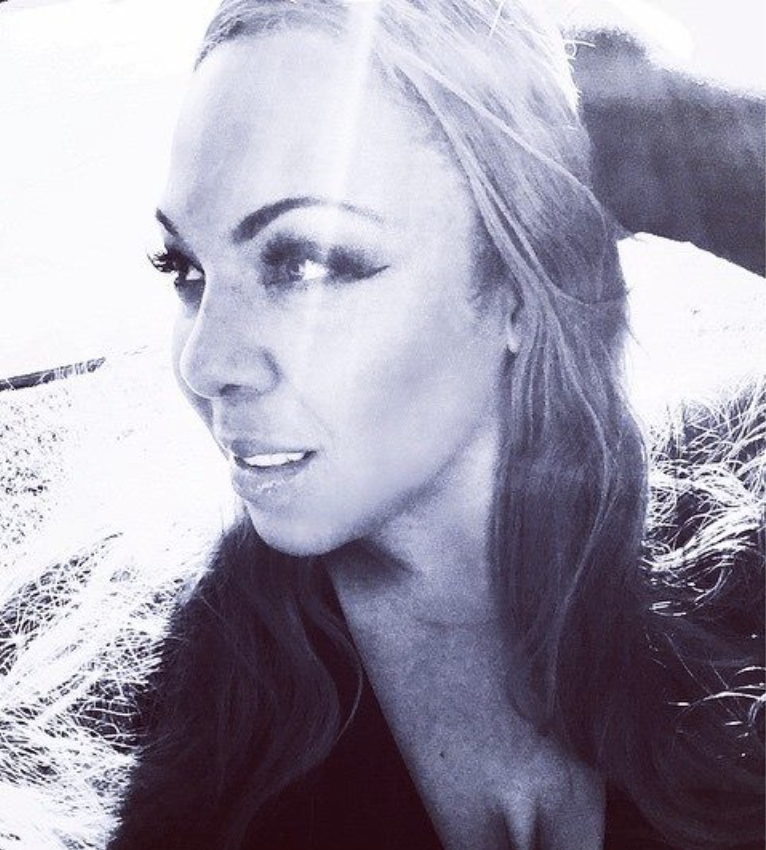
Award-Winning Publisher, Writer, Critic + Journalist || Tweet me @nikkifowler28


